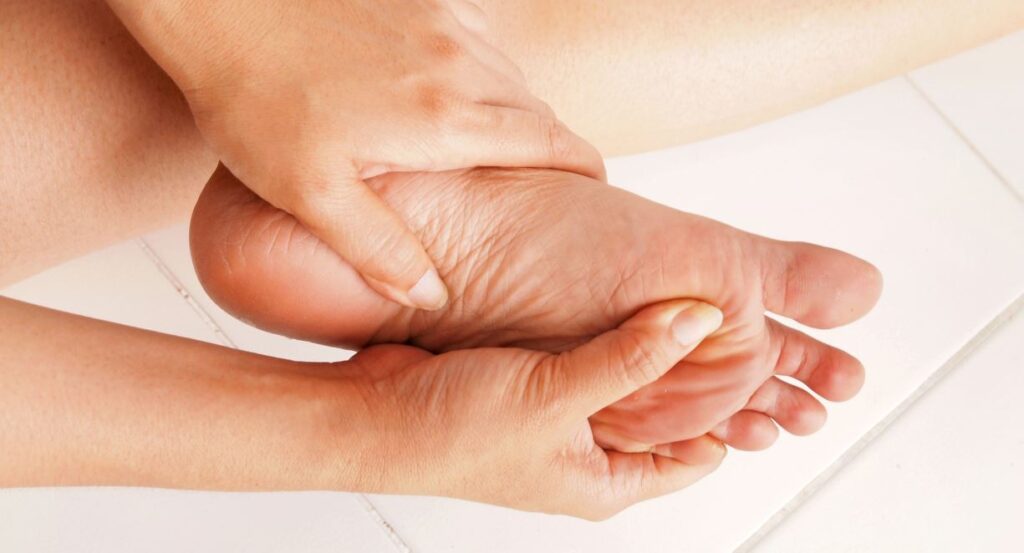A inflexible plate, usually made of carbon is frequently employed to stiffen footwear to help a variety of painful conditions of the feet. These carbon plate are very stiff and firm since they have to restrict up the sole of the foot, mainly over the front foot. These plates can be found in several distinct layouts with one being only the same shape as a basic insole pattern. This particular one can be used when you need to restrict the entire foot which will help prevent all of the metatarsophalangeal joints within the ball of the foot from bending. The other principal design is one that the inflexible plate simply goes underneath the big toe or hallux and not the rest of the front foot. This has the main benefit of helping with discomfort in the great toe or hallux joint by restricting its motion, but still permit some standard movements in the other joints in the ball of the foot. This is often referred to as a Morton’s extension rigid insole.
One of the common conditions that these kinds of inflexible carbon insoles are used for may be arthritis with the big toe or hallux joint which frequently gets called hallux rigidus. The inflexible carbon plate functions by limiting movements of the hallux joint, in order that restriction of motion would mean the big toe joint is significantly less uncomfortable. Another problem that they maybe used in is known as turf toe. This means there is a traumatic hyperextension damage of the great toe joint, so the joints really does need to be restricted from flexing for quit some time to allow the injury to improve and these carbon insoles are really good just for this. Also there is a disorder known as Freiberg’s disease and that is a challenge in the growing area of the joint, usually with the bottom of the second toe. This is among those conditions that have to have the full width carbon plate to restrict movement over the ball of the foot.
Just what footwear must you have these rigid carbon plates in? Many people find that they can wear them in just about any footwear since they do not occupy much room. Lots of people find shoes which use a rocker action to be pretty beneficial to wear these in. A good example would be the Hoka One One running shoes which have a rocker beneath the ball of the foot. As these plates restrict the shoe that will help restrict motion to lessen discomfort, the rocker does help the foot move forwards when walking as you can not bend the foot over the ball of the foot. There are a few adverse reactions coming from using the carbon insoles and this has to be considered versus the benefit of wearing them. They can change the way you walk, so you could have to take time to get used to them. Maybe you will need to cut back on the time period for you to wear them so you can get used to them after which begin progressively increasing the wear time. They could be to some extent awkward since they do not allow for normal foot motion, but may just need to be tolerated and balanced against the pain that could be emanating from the reason why you might have to wear the carbon insole.
